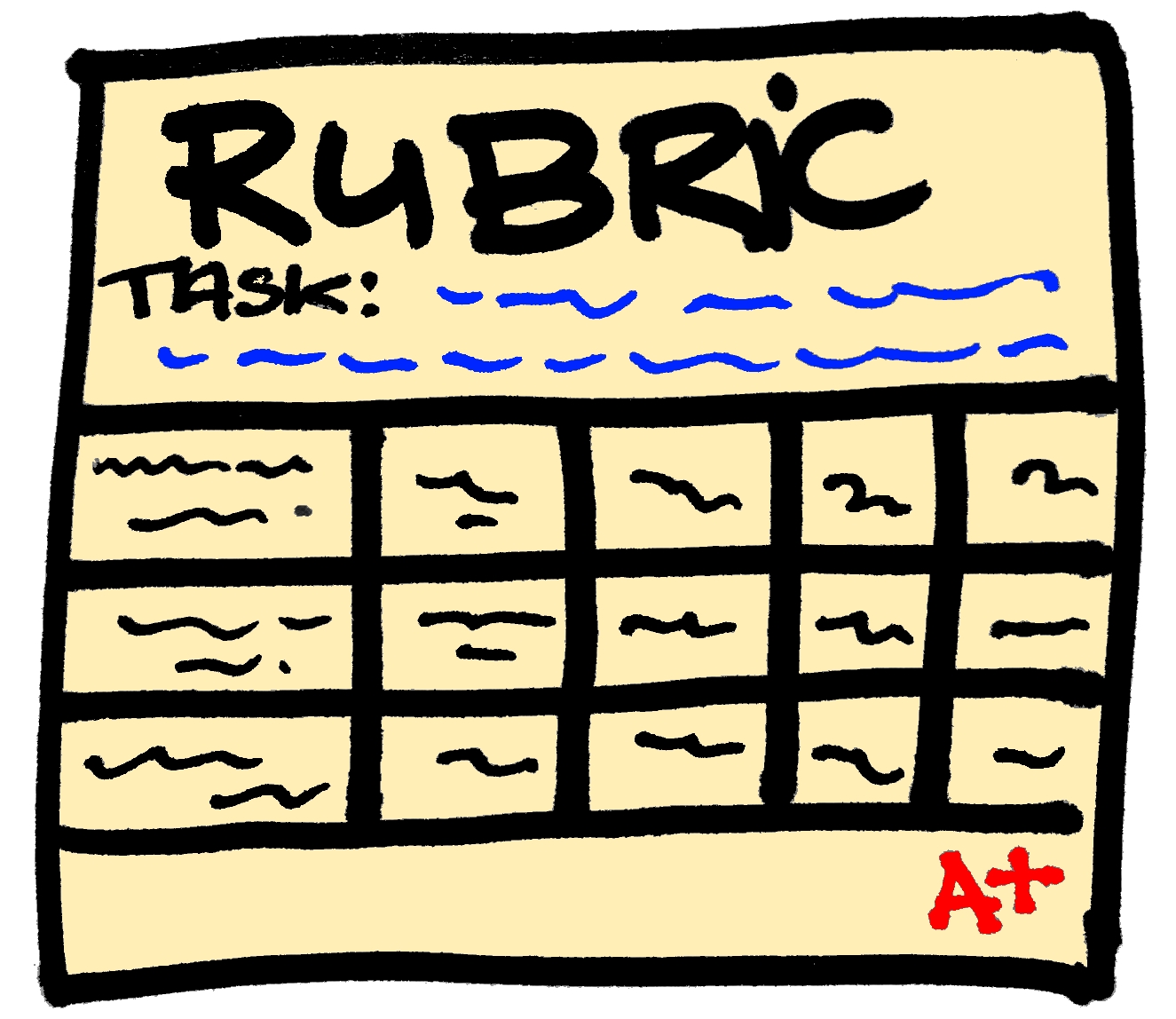Design Thinking: Your Lesson Rubric

Design thinking challenges provide K-5 students with valuable opportunities to develop collaboration, creativity, critical thinking, and communication. To effectively track student learning and engagement during these challenges, teachers can utilize our rubric. Here we introduce our rubric teachers can adapt to assess student progress and growth throughout the design thinking process.
Our Design Thinking Rubric
| Criteria | Level 4 (Exemplary) | Level 3 (Proficient) | Level 2 (Developing) | Level 1 (Emerging) |
|---|---|---|---|---|
| Collaboration | Student works together with others seamlessly, actively listening to and building on other’s ideas, and contributes significantly to the project | Student works together with others cooperatively, listening to and building on other’s ideas, and contributes to the project an equitable amount | Student works together with others with some cooperation and contribution, but struggles to listen and build on other’s ideas | Student works independently and does not contribute to the project as a team member |
| Creativity | Student generates multiple and innovative ideas and takes risks in trying out novel solutions to the problem | Student generates some original ideas and shows is willing to try new approaches to the problem | Student generates few original ideas and is hesitant to try new approaches to the problem | Student does not generate any original ideas and does not attempt to try new approaches to the problem |
| Critical Thinking | Student analyzes the problem from multiple perspectives and effectively use information and feedback to refine their solutions | Student analyzes the problem from a few perspectives and use s information and feedback to improve their solutions to some degree | Student analyzes the problem from their own perspective and struggles to use information and feedback to improve their solutions | Student does not analyze the problem or use information and feedback to improve their solutions |
| Communication | Student effectively communicates their ideas and the rationale behind their solutions to their team members and the audience | Student communicates their ideas and the rationale behind their solutions to their team members and the audience with some clarity and organization | Student struggles to communicate their ideas and the rationale behind their solutions to their team members and the audience | Student does not communicate their ideas or the rationale behind their solutions to their team members or the audience |
| Culminating Product | The culminating product is well-designed, meets the needs of the end-users, and effectively solves the problem | The culminating product is designed adequately, meets most of the needs of the end-users, and solves the problem to some degree | The culminating product is poorly designed, does not meet the needs of the end-users, and does not effectively solve the problem | There is no culminating product |
Collaboration
Effective collaboration is a key component of successful design thinking. The rubric assesses students’ ability to work together, actively listen and build on each other’s ideas, and make equal contributions. This criterion acknowledges the importance of teamwork, cooperation, and equitable participation in achieving successful outcomes.
Creativity
The rubric evaluates students’ creative thinking skills by considering their ability to generate ideas and their willingness to take risks. It recognizes the value of out-of-the-box thinking and the exploration of unconventional approaches, fostering a culture of creative problem-solving.
Critical Thinking
Critical thinking is an essential skill in design thinking. The rubric assesses students’ ability to analyze the problem from multiple perspectives and effectively use feedback to refine their solutions. It encourages students to consider diverse viewpoints and make informed decisions, promoting a deeper understanding of the problem and the development of thoughtful solutions.
Communication
Effective communication is vital in design thinking challenges. The rubric evaluates students’ ability to clearly and coherently communicate their ideas and rationale to team members and the audience. It recognizes the importance of articulating thoughts, actively listening, and fostering a shared understanding of the problem and its proposed solutions.
Culminating Product
The rubric assesses the culminating product or solution created by students. It considers factors such as the quality of the design, how well it meets the needs of the user, and the effectiveness with which it solves the problem at hand. This criterion encourages students to focus on the practical application of their ideas, ensuring that their solutions are viable, user-centered, and address the identified problem effectively.
In Conclusion
By implementing our rubric, teachers can effectively track and assess student learning and engagement during design thinking challenges. It provides a structured framework for evaluating key skills and competencies, such as collaboration, creativity, critical thinking, and communication. Teachers should adapt the rubric to suit the specific needs of their classroom and design thinking challenges, using it as a tool for formative assessment and feedback to support student growth and development throughout the design thinking process.
If you found this content helpful, you might enjoy this series of Imagineerz blog posts and check out Get Started with Design Thinking!


